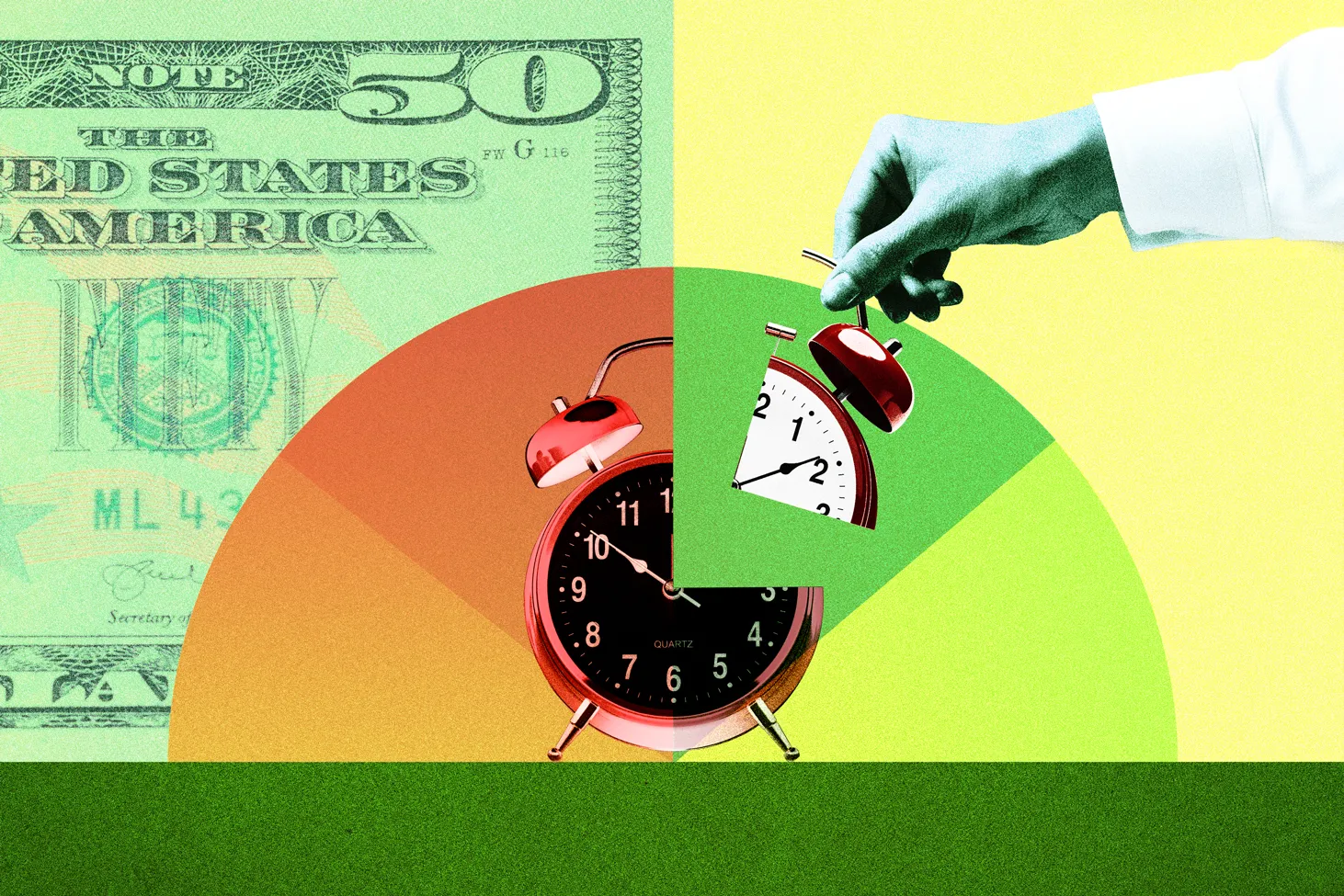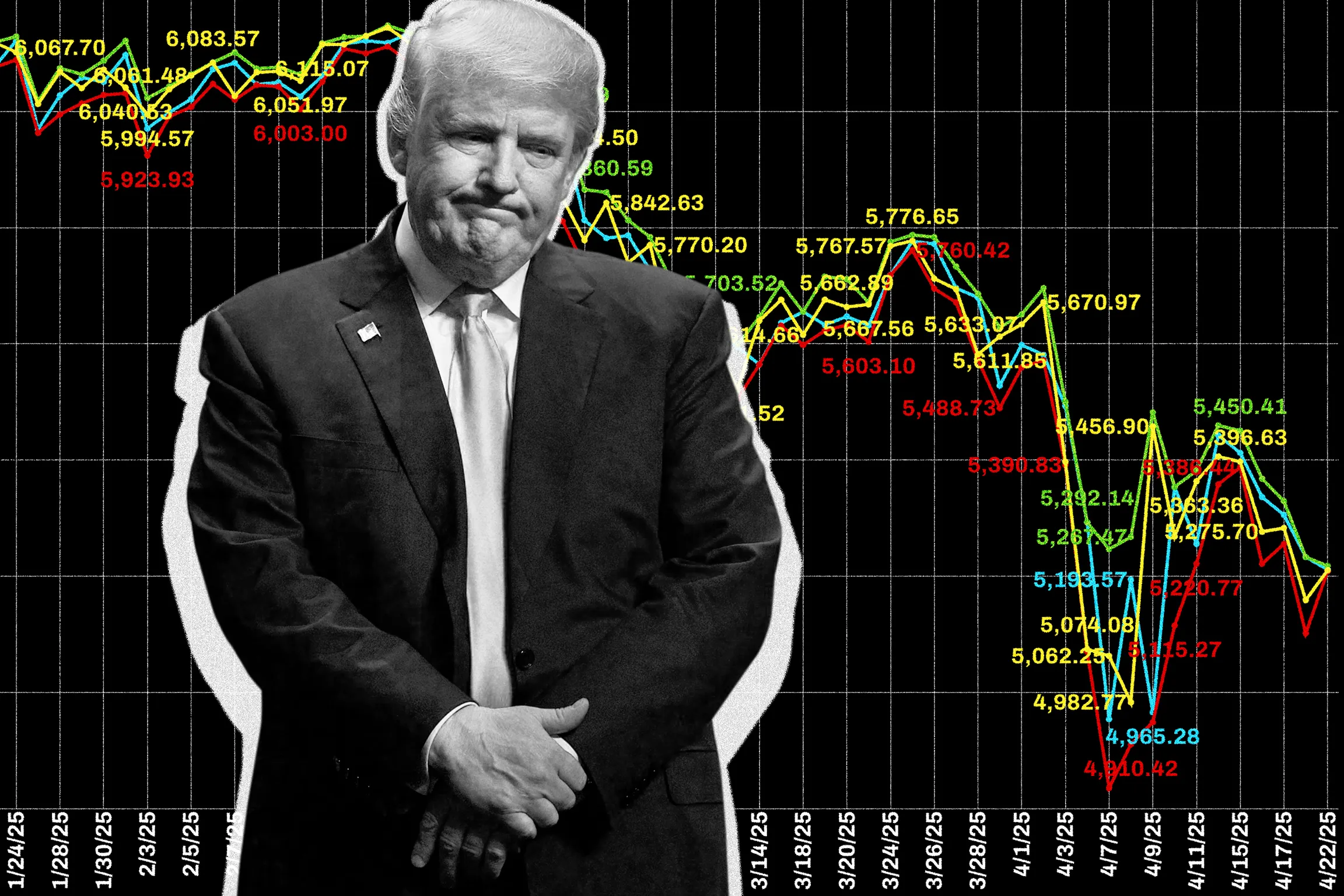BNPL Loans Now Impact Credit Reports: What You Need to Know

Buy now, pay later (BNPL) loans are becoming more mainstream as they can now show up on your credit report. Affirm, a major BNPL lender, has started sending information on all its short-term lending products, including the popular “Pay in 4” BNPL loan, to the credit bureau Experian. TransUnion, another significant credit bureau, has also announced that they are receiving BNPL payment information from lenders.
The move to include BNPL loans on credit reports is aimed at increasing transparency in the BNPL market, which has historically operated outside the traditional credit and lending ecosystem. While the changes will not have an immediate impact on credit scores, new credit scoring models are being developed to incorporate BNPL payments.
According to Experian, the data is currently only visible to consumers, but over time, BNPL data is expected to be integrated into credit scores and models. This shift follows a similar move by Experian in 2024 when they started including Apple Pay Later data in credit reports.
BNPL lending has gained popularity in recent years, allowing shoppers to split their payments into installments at checkout, sometimes with low or 0% interest rates. While BNPL companies generate revenue by charging retailers for offering the service and potentially charging interest to shoppers, these purchases have not traditionally been included in credit reports.
Critics in the lending industry have raised concerns about the exclusion of BNPL loans from credit reports, as it provides an incomplete picture of a borrower’s financial health. With nearly 130 million U.S. consumers taking out a BNPL loan in the past year, the inclusion of BNPL data in credit reports could significantly impact credit scores in the future.
A report from the Consumer Financial Protection Bureau (CFPB) found that BNPL users are often financially vulnerable, with credit scores falling in the subprime or deep subprime categories. The average BNPL borrower takes out more than nine loans per year, with 63% having multiple loans simultaneously.
While the credit bureaus suggest that sharing BNPL data could help financially vulnerable Americans build credit files, critics like Chi Chi Wu from the National Consumer Law Center advise caution when using BNPL services. Wu recommends using a credit card instead of BNPL, citing federal protections like the ability to dispute credit card charges.
In conclusion, the inclusion of BNPL loans in credit reports marks a significant shift in the lending landscape. As BNPL usage continues to rise, borrowers should be aware of the potential impact on their credit scores and consider the implications of using BNPL services.





